Madame Vigée Lebrun
Madame Vigée Lebrun's memoirs read like a gossip column. She not only controlled the way we see the icons of France in the 1700's with her brush strokes, she also gifted posterity a spirited analysis of the personalities of her time, like Marie Antionette. We see her subjects the way that Lebrun saw them, or perhaps we see them the way she wanted us to see them.
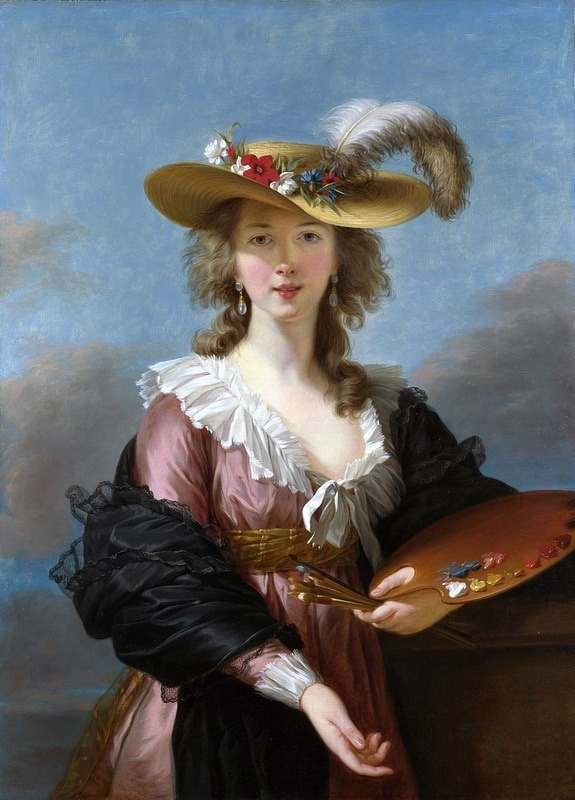
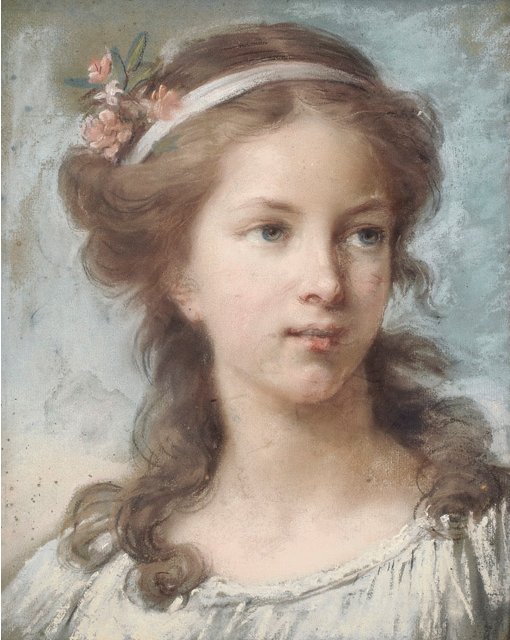
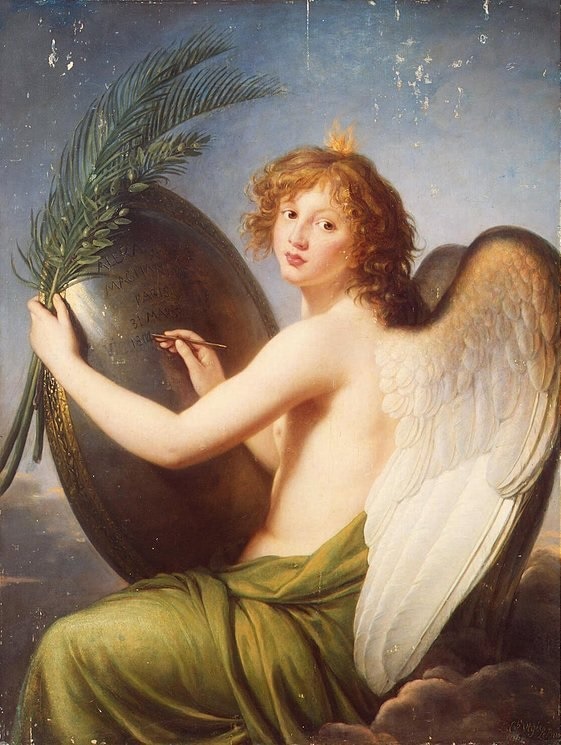
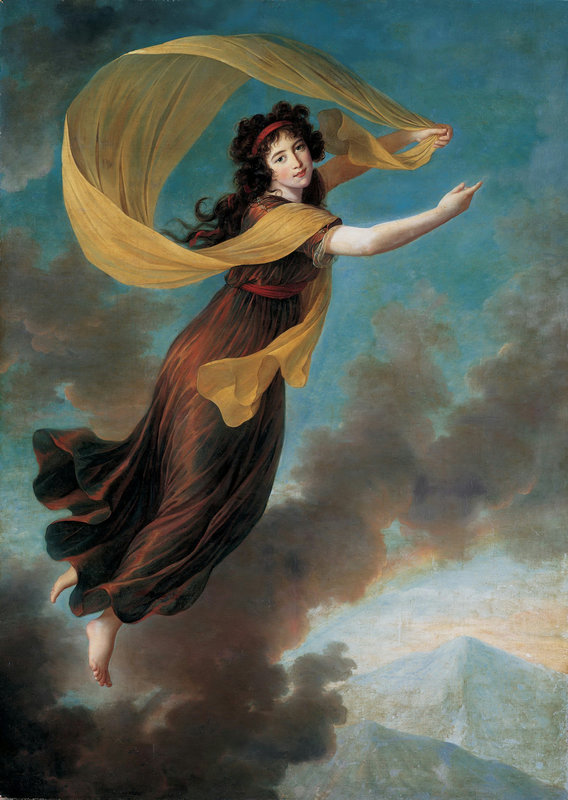
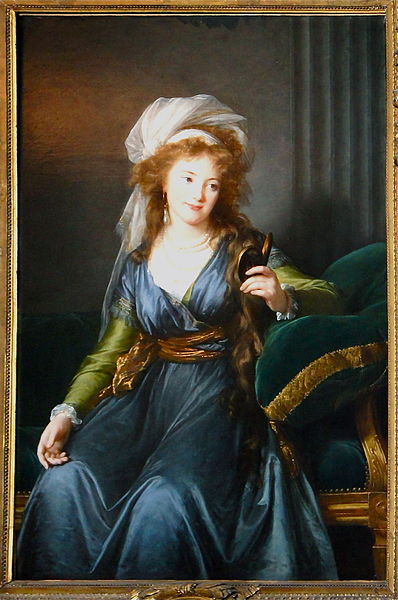
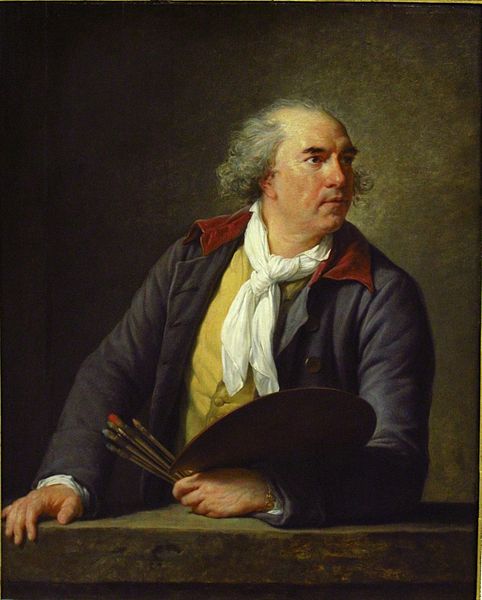
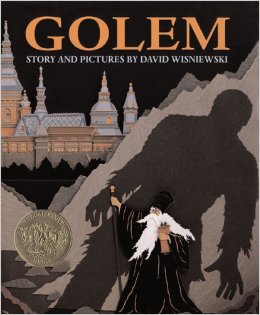
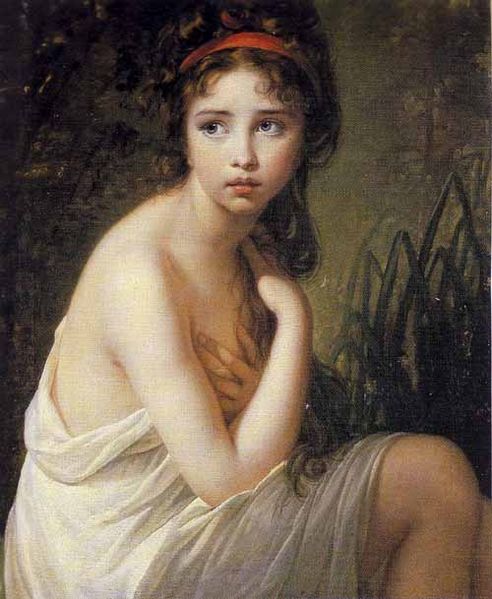
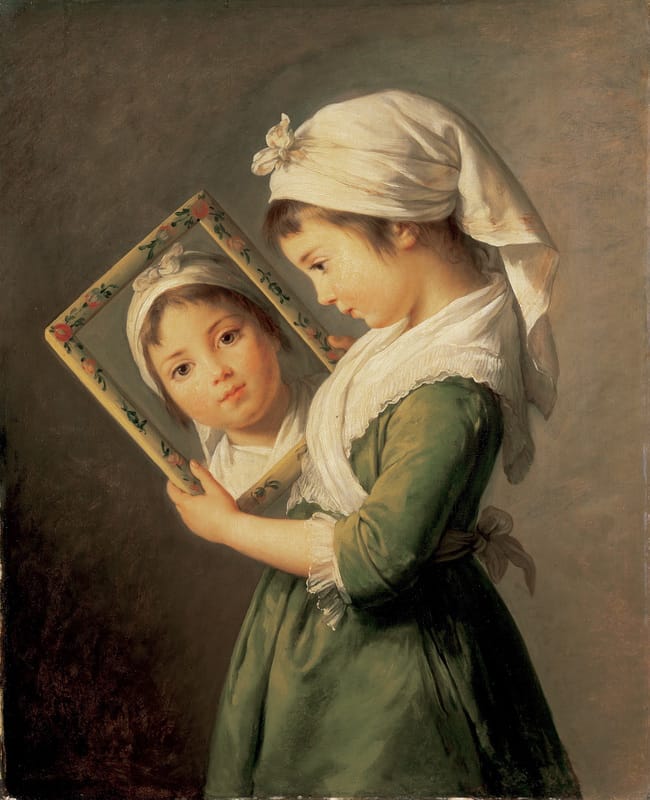
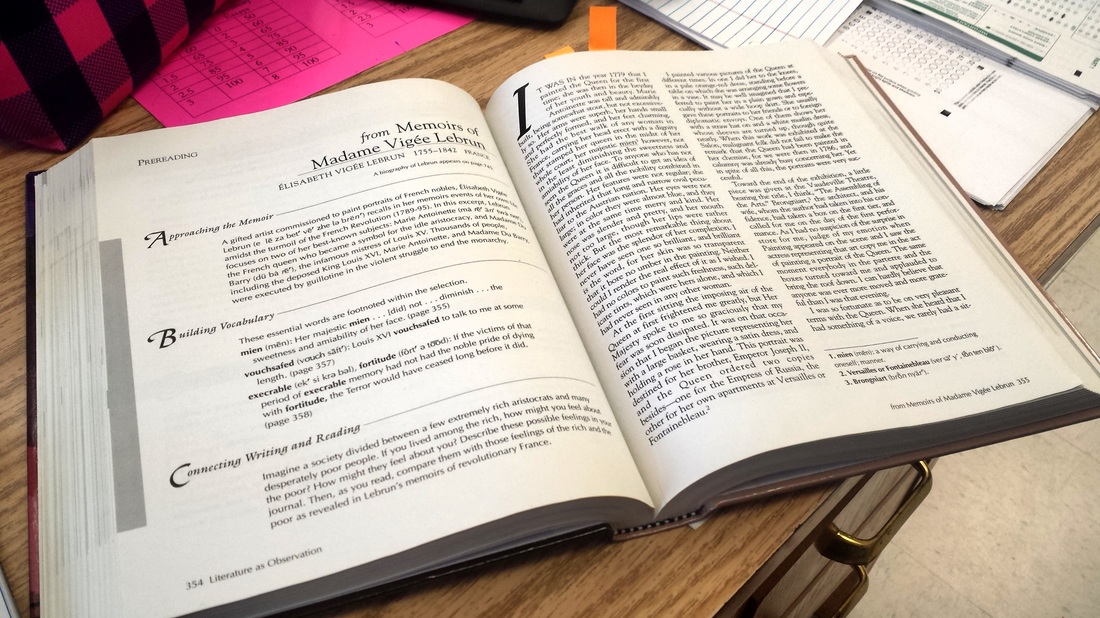
 RSS Feed
RSS Feed
